What is Bilateral Motor Coordination?
Bilateral Motor Coordination generally refers to the ability to use both sides of the body working together. In daily life, this may be seen by the ability to hold a sheet of paper still with one hand, while using the other hand to manipulate a pencil. Another example would be seen by using a knife and fork as both hands work together to keep food on a plate. In sports, this could be seen by being able to stand on one foot while kicking a ball into a goal, or by being able to step over an obstacle. The main idea behind bilateral motor coordination is the ability to use both arms and legs working together to accomplish a job.
How do deficits with Bilateral Motor Coordination impact daily living skills?
Typically, tasks that involve bilateral motor coordination require that one side of the body maintains a steady posture while the other side of the body is involved with moving. This alternating pattern of limbs moving together is commonly seen when two parts of an object need to be fitted together, such as a lock and a key. When one hand is holding the lock still, this is referred to as stabilizing. When the other hand manipulates the key, this is referred to as mobilizing.
In order to open a lock with a key, both of these motor patterns need to work together so that they balance each other out. If the lock and the key are both stabilized and held still, the lock will not open. In a similar manner, If the lock and the key are both mobilized and move together, the lock will still not open. The lock and key only work together when one hand holds one part still while the other hand moves or manipulates the matching part.

Using tools requires that one hand turns and manipulates the tool with precision, while the other hand stabilizes, to position and hold the matching part still.
Using both sides of the body together
When a child continues to have difficulty with routine activities that require use of both sides of the body for stabilizing and mobilizing objects, then a closer look may be needed. For example, a parent may become concerned about how a preschooler walks upstairs by stepping up onto only one step at a time. Another example might be seen during dressing routines when a child is unable to hold a buttonhole open with one hand while pushing a button through the opening with the other hand. Ongoing difficulties with zippers or learning to tie shoelaces are other signs that point to deficits with bilateral motor coordination that are generally seen in the home.
Meanwhile, sometimes children continue to have difficulty coloring, handwriting or using scissors because their hands are unable to perform alternating motor moves. These problems might be signs that point to difficulties with bilateral motor coordination that are impacting school work.
Gross motor activities that require use of large muscle groups working together on both sides of the body such as:
When a child has problems with bilateral motor coordination, it is usually seen when activities that require use of both sides of the body together, fail to work smoothly such as during:
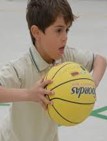
- Gross motor activities that require use of large muscle groups working together on both sides of the body such as:
- Riding a bicycle with the legs alternating movement – one leg pushes forward while the other leg pulls backward
- Bouncing or dribbling a ball with one hand or shooting basketball hoops using both hands together
- Kicking a soccer ball into a goal – standing on one foot while the other foot maneuvers the soccer ball
- Pumping a swing – upper body and arms push forward while the lower body and legs pull backward or visa versa
- Fine motor features that require use of small muscle groups on both sides of the body working together such as:
- Manipulating items for food preparation such as using a knife to spread food on a slice of bread (i.e. jam, butter, mayo) with one hand while holding the bread still with the other hand
- Pulling up clothes such as socks, shoes, pants
- Using one hand to hold paper still while using the other hand to manipulate a tool such as a pencil or scissors
- Opening plastic bags or small containers, using one hand to hold the container still while using the other hand to separate or pull off the lid
- Using small tools by holding one small part (such as a screw) still with one hand while the other hand manipulates a corresponding tool (such as a screwdriver)
Suggested remedial activities
It is likely to be in the best interest of the child who is suspected of having difficulties with bilateral motor coordination to be evaluated by a developmental specialist such as a pediatric occupational or physical therapist for specific recommendations for a home program. The general suggestions in this blog should not be used as a substitute for an evaluation with a specialist who can pinpoint the unique needs of your child.
General remedial activities that incorporate bilateral motor coordination include:
- Gross motor activities:
- Physioball activities
- BAL-A-Vis X activities
- Fine motor activities:
- construction toys that come with tools and diagrams for instructions
- craft activities
- manipulative toys for children
For further information see our blogs:
Also, refer to this link

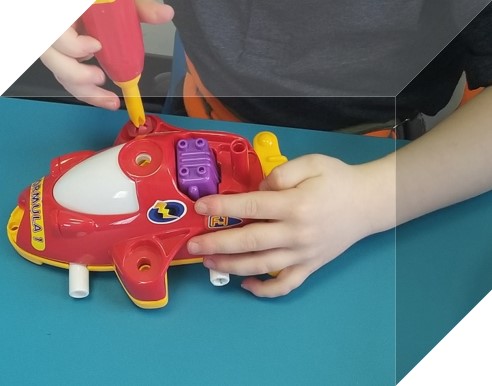
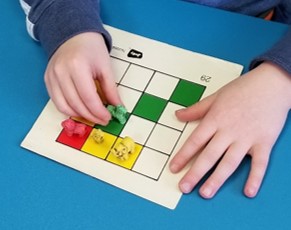
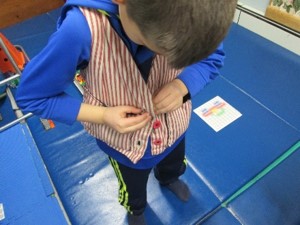
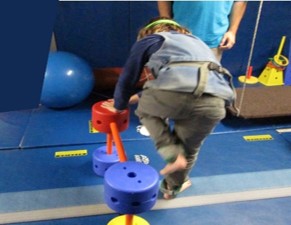
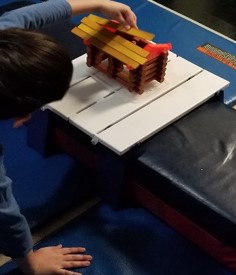

Comments are closed.